Importing goods to Australia can be a worthwhile endeavor. Still, importers need to navigate a myriad of standards and regulatory compliance measures, and sometimes, businesses don’t pay enough attention to them. Ignorance of these standards can lead to devastating product recalls, heavy fines, and a damaged brand reputation — so proper due diligence is vital.
To gain more insight into the Australian regulatory landscape, we recently spoke with Ben Taylor, the owner of EPR Consultants. His firm helps importers understand product regulations, handle product recalls, and maintain compliance with Australian standards.
We got his perspectives on some key aspects that can make or break the success of your importing venture. Based on our conversation, we’ve provided the following three considerations for anyone looking to import their goods ‘Down Under.‘ These essential tips will help you ensure a smooth and compliant entry into the Australian market.
1. Electronic Goods Importers Must Understand Electromagnetic Compatibility and Radio Frequencies
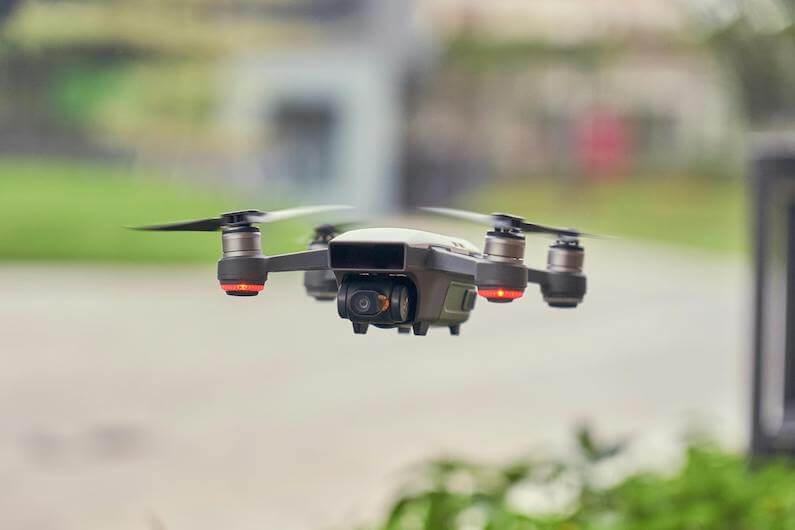
If you import electronic goods to Australia, you must do more than ensure they work correctly. You also need to have a strong understanding of electromagnetic compatibility (EMC) and radio frequencies.
All electronics, from small gadgets to complex machinery, can generate EMC or ‘electrical noise.’ Like many countries, Australia has standards for EMC interference, and you must be familiar with and adhere to the ones that apply to your product.
Standards will vary depending on your product’s function and use. Whether you are selling an audio amplifier, lighting equipment, sewing machine, or something else, you need to understand the specific nuances.
The Australian Communications and Media Authority (ACMA) maintains a list of product families and the EMC standards that apply to them. This list can serve as a good starting point in your compliance research.
There are standards for products that transmit radio signals, and to add a layer of complexity, some of those product types require licensing or have usage restrictions (such as CB radios or drones).
As you embark on your journey to importing electronic products, navigating all the nuances and ensuring compliance with Australian regulations is crucial.
2. It’s Not Just Electronic Products That Need to Meet Regulatory Requirements
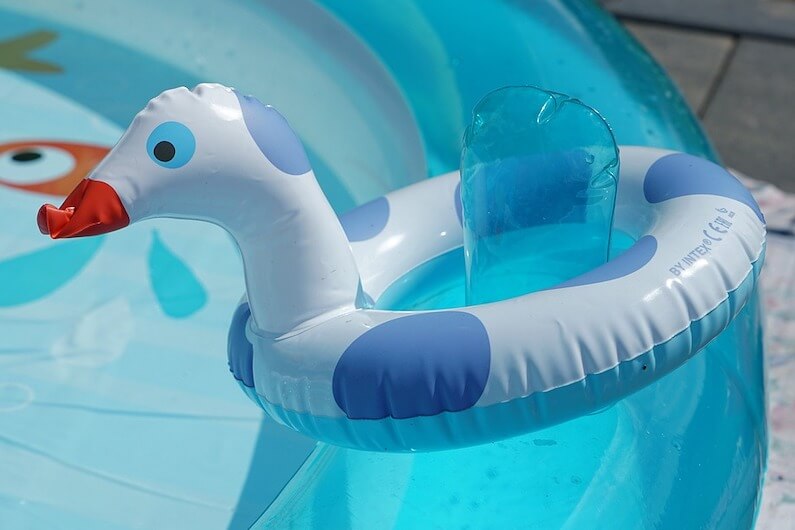
Consumer product regulations are not restricted to electronics. So, you must do your due diligence to understand your obligations fully. Don’t fall into the trap of thinking, “It’s not plug-in, so I don’t need to worry about safety.” Every product, regardless of its nature, demands a comprehensive safety evaluation.
Compliance goes beyond mere documentation; it involves practical assessments to verify that your products meet the necessary safety criteria. This type of assessment is particularly crucial for high-risk electrical items like toasters, kettles, and other household appliances.
The Australian Competition & Consumer Commission (ACCC) maintains lists of mandatory standards and product bans that apply to various product types. For example, aquatic toys and sunglasses have specific safety requirements, while tinted headlight covers and small, high-powered magnets are banned altogether.
Even if your product isn’t on these lists, you must still meet stringent standards. As the ACCC states, you are legally “responsible for selling consumer products that are safe and fit for purpose.” That means you must take steps such as auditing your suppliers to ensure proper controls, testing your products in an accredited lab, and conducting pre-shipment inspections to verify quality and safety.
Understanding and fulfilling safety requirements not only ensures compliance with Australian regulations but also safeguards consumers’ well-being. To ensure your business’s long-term viability, you must take the necessary steps to protect product users from harm.
3. Learn How to Navigate Regulatory Resources and Laws

The regulatory landscape for importing goods to Australia is multifaceted, with various resources and laws that demand careful navigation. Some websites can be helpful references throughout this process, such as:
The Electrical Equipment Safety System (EESS) for electrical/electronic products.
Australian Communications and Media Authority (ACMA), which is also for electronics.
Product Safety Australia, which covers a broader spectrum of consumer goods.
These can play a pivotal role in understanding your responsibilities as an importer.
In addition to federal regulations, you must ensure you are aware of state-based electrical safety regulations. Depending on where you will sell your product, these can add an additional layer of compliance.
If you also plan to sell your goods in New Zealand, you should fully understand the Trans-Tasman Agreement. Many standards align between the two countries. However, recent modifications in New Zealand’s regulations may require you to adjust your documentation slightly.
Additionally, don’t fall into the trap of thinking that meeting standards in the US or EU will automatically translate to compliance in Australia. You must fully understand Australian regulations and ensure you adapt any products you sell in these markets to the new country you are trying to sell to.
Finally, consider participating in industry associations to gain ongoing support. Groups like the National Retail Association, Consumer Electronics Suppliers Association, and the Lighting Council can provide valuable resources to help you stay updated on regulatory changes and compliance best practices.
Compliance Research is Vital to Successful Importing

Navigating the intricate web of Australian regulations demands meticulous attention and expertise. With the help of Ben Taylor at EPR Consultants, we’ve uncovered crucial aspects to ensure a smooth and compliant entry into the Australian market.
As an importer, approaching the Australian market requires more than just meeting the basic requirements; it necessitates a deep understanding of the nuances within the regulatory framework. Compliance is not only a legal obligation but also a commitment to the safety and well-being of consumers.
Whether you’re a seasoned importer or a newcomer to the industry, taking the time to grasp these considerations will undoubtedly set you on the path to success. Informed decision-making, thorough research, and a commitment to ongoing compliance are the cornerstones of a successful venture into the Australian market.
Inspections, Audits, and Lab Testing — Insight Quality Can Help
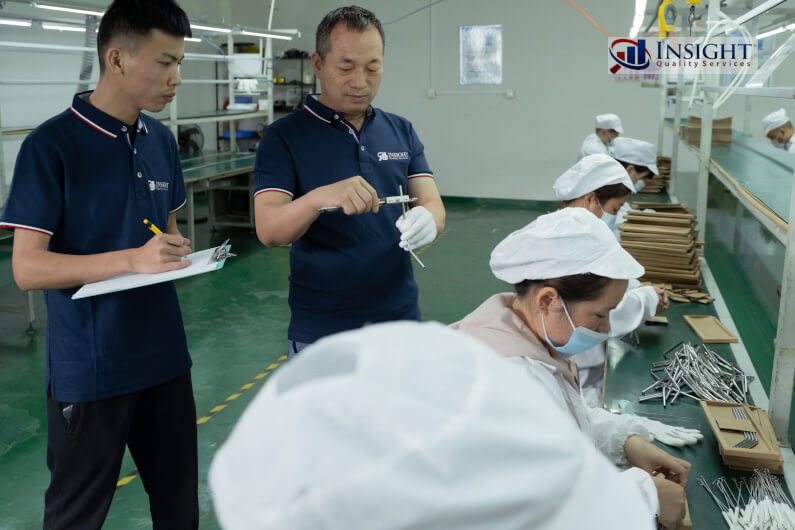
Good quality control and assurance are necessary whether you’re importing to Australia or elsewhere. Insight Quality offers product inspection, supplier audit, and lab testing services in the country of manufacture to help you maintain regulatory compliance. We can help you avoid heavy fines, unexpected recalls, and bad reviews. Reach out for a quote today.

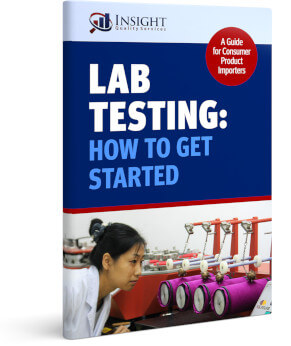
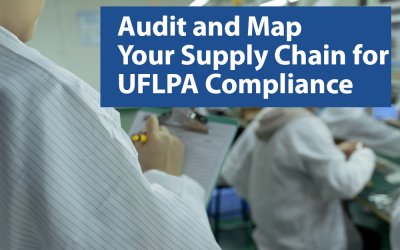


Nice work. Hard enough getting through Customs as a person if you don’t know the rules for entering this big island.
Thanks! Knowing the rules is always essential.